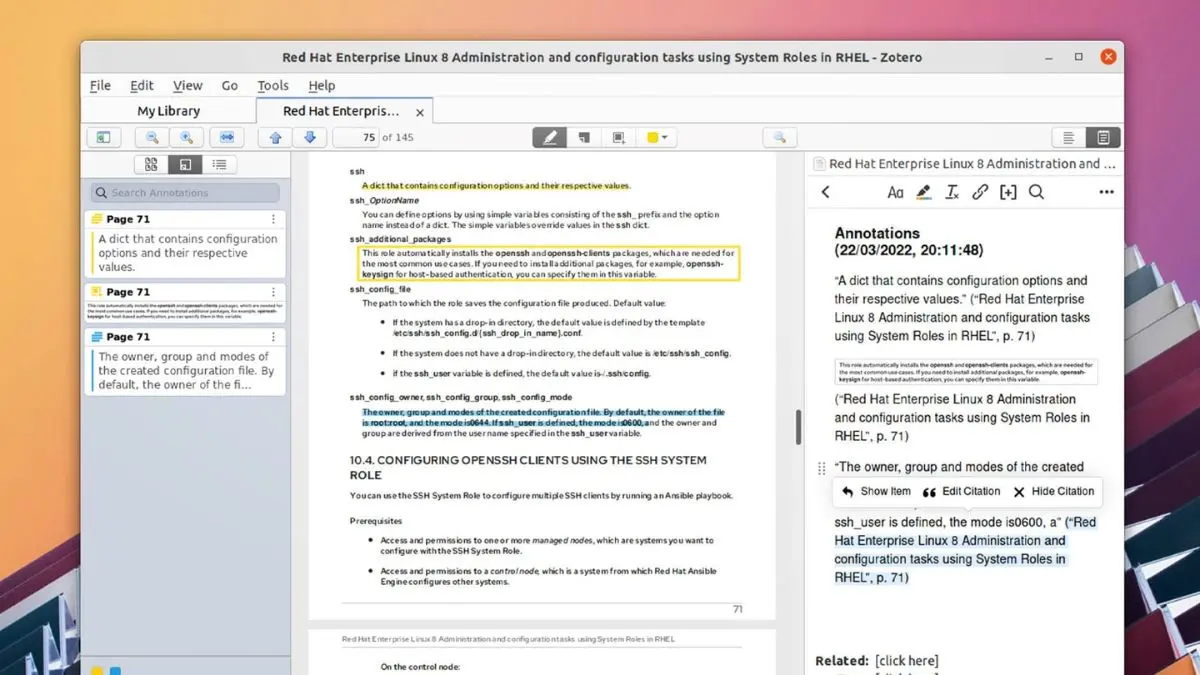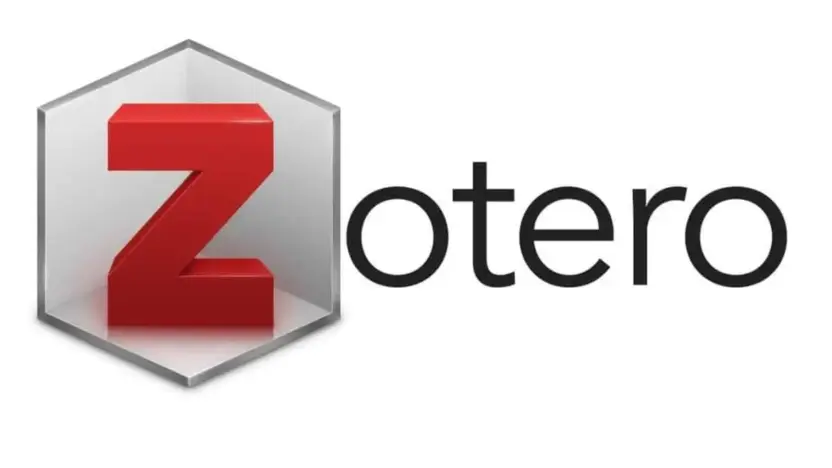In today’s digital age, where information is abundant and research materials are voluminous, managing bibliographic data effectively has become crucial for students, researchers, and academics. Zotero, a free, easy-to-use tool designed to collect, organize, cite, and share research, stands out as a powerful ally in managing research materials. This blog “Zotero: A Beginner’s Guide” is crafted for beginners to help them navigate Zotero, highlighting its key features, benefits, and how to effectively utilize it for research projects.
What is Zotero?
Zotero is a free, open-source reference management software developed by the Corporation for Digital Scholarship. It is designed to store, manage, and cite bibliographic data in research work. Whether you are writing a simple article or a complex dissertation, Zotero acts as a personal research assistant, helping you to organize your sources, collaborate with others, and create bibliographies and citations with ease.
Key Features of Zotero
- Data Collection: Zotero allows you to automatically collect citation information from websites, library catalogs, databases, and PDFs with just a click. It integrates with your browser and captures details like authors, titles, publisher information, and more.
- Organization and Management: You can organize references into collections and sub-collections based on topics or projects. Zotero also offers tagging functionality, making it easier to categorize and retrieve information.
- Note-Taking: Attached to each bibliographic entry, you can add your own notes, which is ideal for keeping track of important summaries and ideas related to each source.
- Citation and Bibliography Creation: Zotero seamlessly integrates with word processing programs like Microsoft Word and Google Docs, allowing you to insert citations and generate bibliographies in thousands of citation styles.
- Collaboration: Zotero groups enable you to collaborate with other researchers by sharing your collections. This is perfect for team projects and co-authored papers.

Getting Started with Zotero
Step 1: Installing Zotero
- Download Zotero: Visit the Zotero website (www.zotero.org) and download the version appropriate for your operating system (Windows, macOS, or Linux).
- Install Browser Connector: To allow your browser to save references directly to Zotero, install the Zotero Connector for your browser (Chrome, Firefox, or Safari).
Step 2: Adding Items to Zotero
Once you have Zotero and the browser connector installed, adding items is straightforward:
- Directly from your Browser: Navigate to a webpage containing research material, click the Zotero icon in your browser, and Zotero will automatically capture the bibliographic information.
- Manually: You can also add items manually by clicking the “New Item” button in Zotero and filling in the required details.
Step 3: Organizing Your Library
- Create Collections: Organize your items into collections for different projects or subjects. Right-click in the left pane, select “New Collection,” and name it accordingly.
- Use Tags and Notes: Add tags to items to make them easier to find. You can also attach notes to each item to keep relevant thoughts and ideas together.
Step 4: Citing Sources and Creating Bibliographies
- Word Processor Integration: Install the Zotero Word or Google Docs plugin to use Zotero directly in your documents. This allows you to insert citations and automatically format bibliographies.
- Select a Citation Style: Zotero supports numerous citation styles, which you can change in the document preferences.
Step 5: Syncing and Collaboration
- Sync Settings: By creating a free Zotero account, you can sync your library across devices. This ensures your data is backed up and accessible anywhere.
- Sharing and Collaboration: Share collections with other Zotero users to collaborate on projects. You can control whether collaborators can view or edit items.
Tips for Using Zotero Effectively
- Regularly Update Zotero: Zotero is frequently updated with new features and bug fixes. Keeping your software updated ensures you have access to the latest tools.
- Explore Third-Party Plugins: Enhance Zotero’s functionality with plugins found on the Zotero website. These can add features like advanced PDF indexing, better data visualization, and more.
- Participate in Forums: The Zotero forums are a great resource for help, tips, and learning how others use the tool.
Also Read: What is the Source of OpenAI’s Data?



